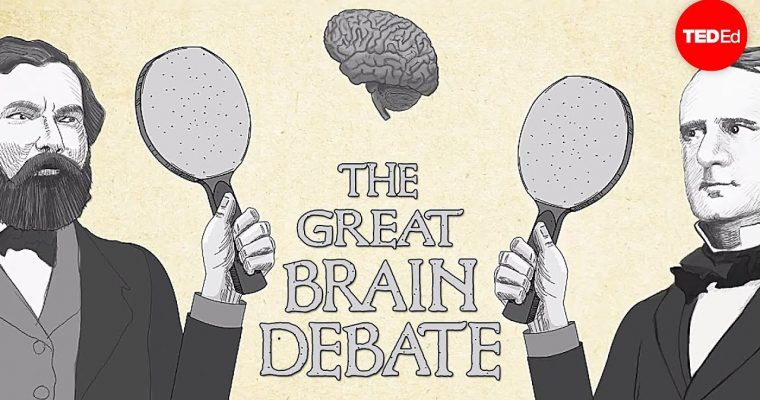An Inquiry into Depressive Etiology
Understanding the etiology of a disorder is of massive importance because it informs the course of treatment as well as possible preventative measures. In order to better understand depressive etiology, engage in this INQUIRY INTO DEPRESSIVE ETIOLOGY DEBATE






